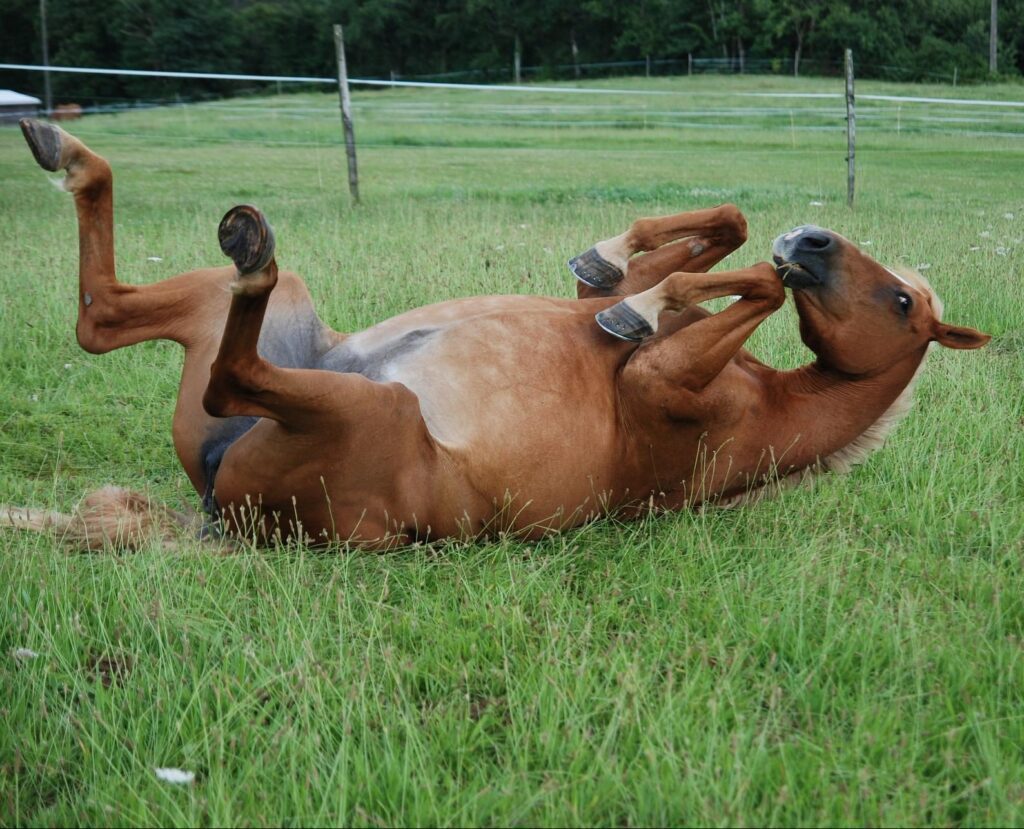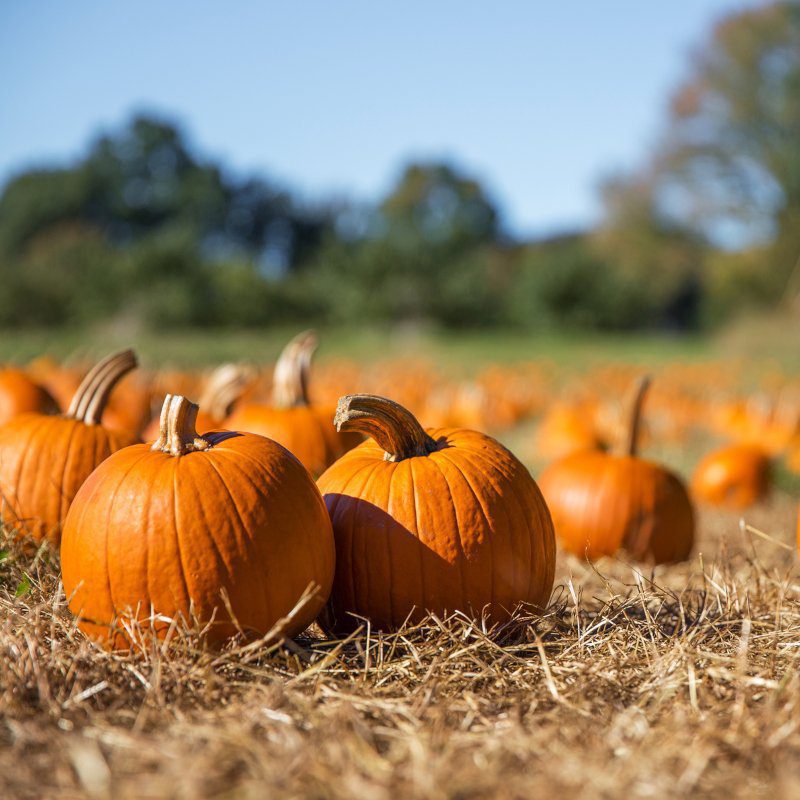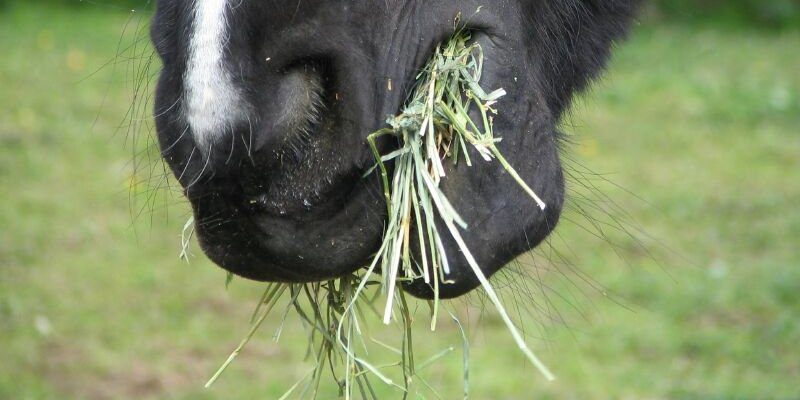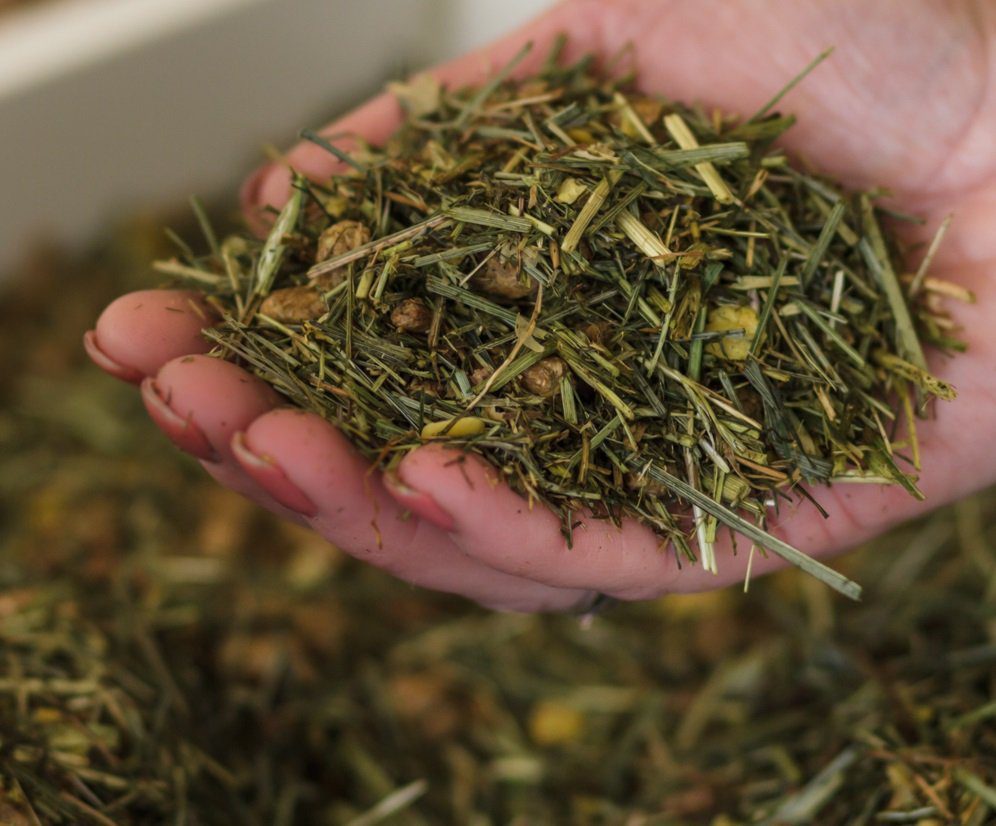
Dr David Marlin
Dr David Marlin is a world renowned scientist and has been involved with horses his whole life. After completing his PhD looking at the effects of exercise and training on Thoroughbred racehorses David has gone on to work for The Animal Health Trust, as a consultant to the British Equestrian Federation, a member of the BEF’s world class performance scientific advisory group and as a chair of the International Conference on Equine Exercise Physiology. He has published over 200 papers on topics including nutrition, exercise physiology and thermoregulation.
You can find out more at drdavidmarlin.com, an independent information resource for all equestrians featuring unbiased science-based research, product reviews, webinars, podcasts and articles covering all aspects of the equine world.
Your horse and colic
What is horse colic? Colic is a term used to describe symptoms of abdominal pain, which can occur for a variety of reasons. It is usually caused by problems in the large intestines or hindgut, as opposed to the stomach.
But why does it happen? There are over 70 different types of intestinal problems that can cause colic-type symptoms. Some non-intestinal conditions, such as laminitis, bladder stones or problems affecting the reproductive tract, can also produce symptoms associated with colic.
Why does it cause pain?
The pain associated with colic can be due to intestinal spasms (cramp,) or the gut wall being stretched by gas or feed material. Sometimes, the blood supply to part of the gut being shut down is the reason, or part of the intestines becoming trapped somewhere they shouldn’t. There are a large number of different intestinal problems in horses that cause colic symptoms. These can range from mild to severe, including fatal.
Is it serious?
Colic has been identified as the leading cause of death in endurance horses. In a study of horses referred to veterinary hospitals with colic after endurance racing, the majority were treated medically (86%; Fielding and Dechant, 2011). Only 1 out of the 36 horses did not survive to be discharged from hospital. In a large study of colic in horses in Denmark, on average 68% of horses survived colic (Christophersen et al. 2014). In horses aged 15 or over, colic was the second most common cause for euthanasia (21%) after lameness (24%) (Ireland et al. 2011).
Treatment and cost of horse colic
In Sweden the average cost of colic per event was around £430 in 2008 (Egenvall et al. 2008). This of course includes those horses where minimal treatment is needed through to horses that undergo surgery and prolonged hospitalisation where the cost may be 10-20 times higher.
In Denmark, around two thirds of horses with colic were treated medically whilst one third required surgery. For horses with colic that could be treated medically, 87% survived whilst in those horses requiring surgery, only 40% survived to be discharged from the hospital (Christophersen et al. 2014). In South Africa, 93% of horses with colic managed medically survived and only 67% of horses undergoing surgery (Voigt et al. 2009).
Colic surgery and recovery
In a study of Thoroughbred racehorses that had colic surgery, one in four did not return to racing (Hart et al. 2014). In a study of a small number of racehorses in the USA that had colic surgery (85), 69% returned to racing after six months. And after three years there was no difference in career length and earnings between horses that had surgery and those that didn’t (Tomlinson et al. 2013). In sport horses that underwent colic surgery, the survival rate one year after surgery was 87% and at three years was 77% (Christophersen et al. 2011).
Foals
The survival rate for foals less than 30 days of age with colic has been shown to be slightly lower for medically treated colic (75% survival) and slightly higher for surgically treated colics (73%) compared with mature horses (Mackinnon et al. 2013). Long term survival for foals that survived to be discharged from hospital was very good (93%).
How common is it?
Colic affects around 5-10% of the general horse population every year. It is also responsible for more deaths of horses than any other disease or condition. In Thoroughbred horses in training the incidence of colic was 0.07 events per horse per year. Effectively, this means one episode of colic per horse every 14 years (Hillyer et al.2001).
Another way to phrase this is that, on a yard of 14 horses, you would expect one horse per year to have an episode of colic. Colic has been found to be the most common health problem in geriatric horses (horses 20 years old or over; Silva et al. 2013; Brosnahan and Paradis, 2003).
A study from Sweden suggested that the risk of a horse living for 20 years having an episode of colic was around 20% (Egenvall et al. 2008). For horses that have had colic before, one study found that the rate at which colic reoccurred was one colic event per horse every two years (Scantlebury et al. 2011).
Types of colic
- Ileus: reduced propulsive activity of the intestines.
- Spasmodic : When the bowel contracts irregularly. The resulting spasms cause pain.
- Gas: build-up of gas which causes distension, pressure and pain, often as a result of excessive fermentation.
- Impaction: an abnormal accumulation of feed, sand, dirt or foreign body causes obstruction of the intestines.
- Enteritis: inflammation of the small intestine.
- Colitis: inflammation of the colon.
- Strangulation: where the blood supply is cut-off.
- Torsion: a twisting of the intestine leading to a cutting off of the blood supply.
- Displacement: where a section of the intestine becomes trapped in an abnormal position within the abdomen.
- Intussusception: where a portion of the intestine slides inside itself like a telescope.
- Idiopathic colic: cause of colic is unknown.
Did you know?
In a study from South Africa, the most common causes of surgical colic were found to be displacement (29%), impaction (22%) and small intestinal strangulation (Voigt et al. 2009).
What can cause a horse to colic?
A large number of different factors have been shown to increase the risk of colic. These include:
- Sudden change in feed.
- Complications following anaesthesia.
- Travelling.
- Endurance competition.
- Changes in management.
- Change from mainly at pasture to mainly stabled.
- Change from mainly stabled to mainly at pasture.
- Accidental ingestion of sand when grazing (sand colic).
- Prolonged periods of time in a veterinary hospital (eight days or more).
- Medications (e.g. antibiotics, NSAIDS).
- Eating toxic plants.
- Heat stroke.
- Dental problems.
- Bolting food.
- Large meals.
- Infectious disease (e.g. Salmonella, Rotavirus).
- Long intervals between meals.
- Parasite burden.
- High starch diets.
- High concentrate feed intake.
- The presence of enteroliths in the GI tract (an enterolith is an object that forms from the deposition of minerals around a small foreign body such as a pebble, seed or piece of string in the GI tract).
- Low hygienic quality of hay (i.e. moulds, yeasts, bacteria).
- Low water intake – especially in cold weather.
- Pregnancy/post-foaling.
- Stereotypical behaviour (wind-sucking, crib-biting, weaving).
- Horses that have previously had colic are at greater risk of reoccurrence.
- Reduced access to pasture.
- Increasing exercise.
Request your free bespoke diet plan
Feeding shouldn’t be rocket science. Get a free, custom diet plan from one of our friendly expert nutritionists today.
Other contributing factors to colic
Horses that had previously had a bout of colic were found to be on average ten times more likely to have a recurrence if they showed crib-biting and or wind-sucking and four times more likely if they showed weaving (Scantlebury et al. 2014).
A study of horses admitted to hospital for eye problems (i.e. a group of horses admitted to hospital but for a reason totally unconnected with the gastro-intestinal tract) found that 21% developed colic (Patipa et al. 2012). 60% of the incidents of colic were mild, and 88% were treated medically. The factors that increased the risk of colic in horses admitted to hospital were being very young (zero to one year of age) or old (21 years of age or older) and being in hospital for eight days of more.
How to recognise the signs of horse colic
The number and severity of signs can vary greatly between horses and with the severity of the colic. Colic in some horses may start with a reduction in frequency of passing droppings and something subtle such as grinding the teeth.
In others it can be extreme thrashing around on the floor. If any of these signs are seen then the horse should be monitored at least hourly. Mild cases of colic may resolve on their own but in the case of severe colic, the horse may go downhill rapidly and then be in a position where medication and surgery are not effective.
Other indicators of colic
- Kicking at or biting at the belly.
- Frequent lying-down and getting up.
- Getting into a position to urinate without passing urine.
- Pawing at the ground.
- Curling the lip.
- Grinding teeth.
- Turning the head to “look” at the flanks.
- Frequent rolling and grunting.
- Lying on the back.
- Sitting in a position like a dog.
- Change in behaviour: e.g. showing little interest in people or surroundings.
- Not eating or not eating-up.
- Extending the head and neck, often with the head held to one side.
- Reduced frequency of passing or no passing of droppings.
- Changes in the consistency of droppings (e.g. normal to loose or normal to hard).
- Reduced or absent gut sounds (listen with a stethoscope).
- Sweating at rest.
- Increased respiratory rate and or effort (sometimes with flaring of the nostrils).
- High pulse (>50bpm).
CONSULTING YOUR VET EARLY MAY INCREASE THE CHANCE OF A POSITIVE OUTCOME IN SERIOUS CASES OF COLIC.
How do you treat colic?
Colic may resolve on its own or can be treated medically (e.g. with pain relieving medication) or surgically. The majority of colic cases are mild and may resolve without treatment or with medical treatment. One study suggested that around 30% of horses with colic seen by owners resolved without the need for treatment and were not seen by a vet.
In another study most episodes of colic (80%) were attributed to a simple disruption of the normal propulsive activity of the intestines (referred to as ileus), whilst impactions (10%) and strangulating or obstructing conditions causing surgery (3%) were much rarer.
What to do if your horse is showing signs of colic
There are a number of actions you can take if you think your horse may have colic. We stress that consulting your vet early may increase the chance of a positive outcome in serious cases of colic. In addition to making a call to the vet, you should consider:
- If your horse is outside bring them into a stable or alternatively a small paddock.
- Monitor your horse frequently (say every 20 minutes).
- Do not provide any feed, but make sure your horse has access to fresh water.
- If your horse wants to lie down, do not force them to get up.
- If your horse is thrashing and rolling frequently and you think there is a risk of them injuring itself then they can be walked.
Common veterinary horse colic treatments
If you take your horse to the vets there are a few ways forward with treatment. Drugs may be prescribed to relieve pain (analgesics), or to calm the horse down (sedatives). Fluids may be given to treat dehydration in horses that have not been eating and drinking and to help soften the contents of the intestines (e.g. where there is an impaction). And laxatives, such as a mineral oil given by a stomach tube, are another option.
Surgery may be considered too, which would be performed under a general anaesthetic.
18 ways to reduce the risk of your horse getting colic
So what practical steps can you take to reduce the chances of your horse getting colic? Here are 18 helpful actions for you to follow depending on the circumstances, divided up into different areas of your horse’s life.
Check in with the medical professionals
1 Ensure your horse is wormed regularly using a programme approved by your vet. Consider having worm-counts done as part of your worming management to check your programme is working.
2 Make sure you have a regular dental check-up.
A good diet helps avoid horse colic
3 Provide sufficient forage.
4 If you are feeding concentrates/cereals then give at least three and preferably four feeds a day.
5 Always provide forage at the same time as concentrates/cereals.
6 If you have sandy soils then use a treatment monthly to eliminate sand from the gastro-intestinal tract such as psyllium and try to avoid feeding off the floor.
7 Avoid any sudden changes in diet. If you are introducing a new feed then do this gradually over one to two weeks. If you are replacing a component of the diet, reduce it slowly and at the same time slowly introduce the new feed.
8 Avoid feeding poor quality forages that have evidence of high mould or yeast growth. Consider using a hay steamer. These have been shown to significantly improve the hygienic quality of hay.
Yard and paddock management
9 Avoid any sudden changes in management (e.g. introduce turn-out gradually) and try to keep your horse’s routine each day as similar as possible.
10 Keep your paddocks free from ragwort and debris that your horse could eat
11 Always ensure your horse has access to plenty of fresh, clean water. For horses that don’t drink enough, adding in a small amount of salt or balanced electrolyte to the feed can help increase water intake.
12 Check that your horse does not eat it’s bedding, especially if stabled on straw. Consider changing to large chip shavings if straw consumption is a problem.
Behaviour management and a balanced work load
13 Increase the amount of turnout your horse gets. If you are concerned about excessive grass intake then consider using a grazing muzzle or a bare paddock.
14 In training take care to increase the workload gradually rather than sudden large steps up in work.
15 If your horse exhibits any form of stereotypical behaviour (weaving, box-walking, crib-biting, wind-sucking) then look at ways to reduce or stop this.
16 For horses that get stressed at competitions, or when the farrier comes, for intance, consider using a calming supplement to help reduce stress.
17 When travelling, consider feeding a supplement for gut health to help minimise any gastro-intestinal disturbance.
18 If your horse is prescribed antibiotics or NSAIDS (e.g. phehylbutazone [bute]) feed a high-dose protected live yeast to reduce the risk of gastro-intestinal disturbance.
By Dr David Marlin
If you enjoyed this blog post, please browse the Pure Feed blog for more guidance on caring for horses, and horse nutrition. If you have any questions, you can call us on 01458 333 333 or email info@purefeed.com






